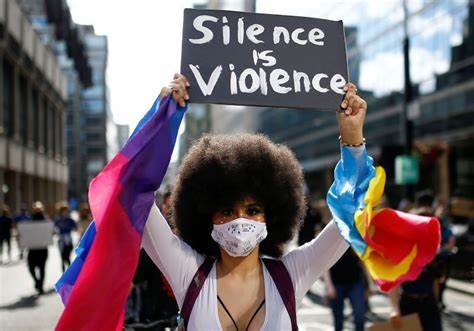
The following is a review of the common terms in Applied Linguistics when applied to the study of ‘wordplay’ in the language of adverts and slogans.
The course I'm taking to develop my linguistic skills for teaching linguistics (The Open University, 2020a) encourages us to look at language from a practical viewpoint in real life. E.g. how humans play with the structure and modality of words, sentences, grammar, combining morphology, phonology, and lexical semantics to create meanings that have an intended social, psychological, and emotional impact on an ‘audience’. Adverts and political slogans are great examples of wordplay.
This Kit Kat advert tries to draw attention to the desirable features of the advertised product which are its tactile nature - its crisp, snappy quality when broken…
and its function as a break snack. The homonymy of ‘break’ is exploited: ‘time for a break (rest)’ = ‘time for a break (breaking into pieces to eat)’ in the slogan, ‘Have a break …Have a KitKat’, which also uses alliteration and the homonymy of ‘have’ (take/eat). Polysemy is deployed in that 'break' is both a verb and a noun - in this case a temporary/short rest from work. The same advert incorporates compounding (Payne, 2010 pp. 96-99), using ‘Break away’ as a synonym of holiday. The aberrant use of ‘break away’ is a contrast of denotation and connotation – it and other methods mentioned try to associate the snack with ‘getting away from it all’ (Goddard cited in The Open University, 2020a), hence words/expressions like ‘break’, ‘holiday’ ‘breakaway’ and even ‘making a break for it’ appear in the ad.
The literal (dictionary) interpretations of meanings are called denotations and the social interpretations are called connotations. My view of that is that there is no one social meaning, so what was meant was connotations are the different senses that are possible to be derived from an utterance in wider society: 'since none of us share the same previous exposure, we may well have slightly different connotations… related to our cultural background, nationality, social class, age and personal experiences’ (Open University, 2020b).
On slogans, we might consider the differing social, psychological, and emotional reactions to the slogan Black Lives Matter. Many people understand that it means that black people need to struggle to achieve equal status in society because racism seems to be a more powerful force atm than racial equality legislation, rules, and standards. There is plenty of research and official statistical evidence that blacks suffer discrimination – institutional, systemic, and in society. People can just read, watch, and listen to the evidence if they wish to and if they are not in some way impaired from seeing it. However, many more people either think we live in a post-racial world or they are happy to see racial injustice prevail. The latter groups think the notion of black lives matter is either unjustified or a threat or both. The effectiveness of the BLM slogan is it shows how irrational racism is. The reaction of BLM opponents to the slogan is to ignore its clear surface message - a simple affirmation of human worth and to semantically dissemble it as an attack on whites and on police when the protest is about unarmed, non-violent, and /or fleeing black people getting shot and killed. A refusal to take part in a discussion of (black) human rights.
Goddard, A. (2002) The Language of Advertising: Written texts, London, Routledge.
Payne, T.E. (2010) Understanding English Grammar, Cambridge, Cambridge University Press, pp. 81–105.
The Open University (2020a) Unit 8.1 Activity 8.3 ‘Meaning and word play’, Applied linguistics and English language course.
The Open University (2020b) Unit 8.1 Activity 8.2 Denotation and connotation Applied linguistics and English language course.